Last Updated on July 28, 2021

The Arrow
interviews Morgan J. Freeman
Yes,
an “American Psycho” sequel was uncalled for, but we got one anyways in
“American Psycho: All-American Girl”. I thought it would be
kool to have the director of the flick, Morgan J. Freeman (no, not
the dude from “Seven”), come in to give us his two stabs on the project.
Here’s what went down.
A: What’s
your favorite horror movie?
MJF:
THE SHINING. The master of horror and master of filmmaking
collaborated on a film that will continue to rise on the list of
BEST FILMS EVER. Such a simple story unfolds into the creepiest 2
hours I’ve ever sat through dozens of times, each time finding a new
little gym of directorial genius that I had not picked up on
before. Storytelling is my work, and THE SHINING is as close to
perfect as any film – horror or not – that I’ve seen to date.
A: I’ve
read here and there that you didn’t particularly enjoy the original
American Psycho? Can we know what you didn’t like about it?
MJF:
It’s not that I didn’t like it, I just wasn’t interested in the
subject matter. The book didn’t do much for me. In planning for
American Psycho 2, I never looked at it as a traditional sequel. I
look at it as a story that stands on its own that is inspired by the
first film. AP2 is a puzzle. The first time you watch it, you are
forced to try and put the pieces together. The 2nd time
you watch it, you should be able to see that there are little hints
here and there that will give the evidence required to understand
the ending. I spent all my time on telling a new story, rather than
continuing a saga. Our PSYCHO (Mila Kunis) is AMERICAN (her
character, as she’s from the Ukraine) – TOO. That’s the
connection – AMERICAN PSYCHO, TOO. You’re a psycho, I’m psycho,
she’s a psycho, he’s a psycho – Wouldn’t you like to be a psycho,
too?
A: Were you
initially adamant in tackling an American Psycho sequel? I’m sure you
were aware of the negative attention that would possibly fall upon you for
doing so.
MJF:
No. I always saw an underlining structure in the script that would
allow me to tell the type of story I wanted to. Any controversy over
the original can only help raise visibility for the sequel. I’m
totally aware that everything that happens in the original DIDN’T
REALLY HAPPEN – it was all in Bateman’s head. So, when our professor
(William Shatner) drops Bateman’s name as one of the most notorious
serial killers in American History, I know that for the die-hard
AMERICAN PSYCHO fans, It will be a let down. But this is
storytelling, and I’m telling a story.
If you like films that force
you to figure out what is going on, that follows a calculative,
manipulative, 18-year old female killer who steals people’s
identities, then you’ll enjoy. This sequel should not be compared to
the first. The only connection is the title, which will catch
people’s eyes and perk their curiosity. I believe this film will
pleasantly surprise many people as it exceeds what is normally
expected as a film that does not have a theatrical release. If you
want to see this movie, you have to save yourself a trip the packed
multiplexes, the 10 dollar ticket price, and the 20 bucks in
concessions.
You
can save your money and rent a
film that is ONLY AVAILABLE @ the video stores. It’s almost like
we’re letting the consumers get an advance preview by bypassing the
theatres completely. I’m looking forward to the upcoming months. I
feel the film will find a huge audience w/o a theatrical release.
It’s also a smart move financially as the only way to make money on
a film this summer – which is jam packed with huge films – is to
risk $25M on advertising. Lions Gate Films’ plan saves that money
and allows
showing the trailer on the Jumbo-Tron @ to the 75,000 fans @ the
Rose Bowl last Saturday (June 15th). LGE also created
temporary AP2 tattoos and retractable plastic knives. You don’t
normally get these little gadgets accompanying a movie that passes
on the chaotic Box Office scene for a more intimate venue of your
living room. I think it’s a ground breaking release strategy,
especially with the skyrocketing popularity of DVDs. You also get
director’s commentary and commentary by Mila Kunis, as well as
out-takes and bloopers.
A: What
prominent changes were made to the screenplay that eventually wound
up becoming American Psycho 2?
MJF:
The original script that came to me was much more directed towards
Mila’s character being an absolute “loose cannon,” with no
explanation as to why she was doing what she was doing. I worked with
the film’s Producer, Ernie Barbarash, and the Executive Producer,
Michael Pasteornik (sp?), to create a character who was a master
manipulator, who calculated all her steps well advance – a champion
chess player. She had a plan and she executed (not pun intended) it
brilliantly – so much so that she leaves the door open for American
Psycho 3, but I have yet to hear from LGE on any plans. We have to
see how many people give the film a chance by buying or renting it
and liking it. You can’t buy word of mouth, and I’m quite optimistic
that this will shock people into recommending it as a “must rent.”
Let’s face it – it is a “must rent.”
A: In
directing the picture, what were your intentions? What kind of film
did you want to put
out?
MJF:
From the start, I wanted to make a film that left you trying to put
the pieces together. I wanted to
keep a fast-paced investigation into a string of killings on a
college campus that was doubling as a “set-up”
for the audience. I wanted the audience to think they have it figured
out, only to have the rug pulled out from under them and be forced
to rack the mind of who knows what and who did what.
A: After
seeing the movie, I couldn’t stop praising Mila Kunis. How many
actresses auditioned for the role and what was it about Mila that
made her “the one”?
MJF:
William Morris packages Mila and myself to set up this film. She did
not have to audition for me. After sitting with her for an hour at
Jerry’s Deli in West
Hollywood, it was clear as water that she was the only candidate for
this role. I love challenges. After watching several episodes of
THAT 70s SHOW, I knew we had our work cut out for us. Mila wanted to
explore a different character and we agreed on who that was. If I
had to pick one thing I take the most pride in regarding this film,
it is the success of Mila pulling off a role the called for a
performance that played 100 percent against her roles as Jackie on
THAT 70s SHOW. Watching the finished product, I’m still blown away
by the performance she delivered.
It far exceeds my wildest dreams
and will forever cherish our on-set relationship, and her faith in
me as a director. I feel like we made a plan and pulled it off – it
all boils down to pride. As with my 2 previous films, HURRICANE
STREETS (first feature to win THREE awards at Sundance – Audience,
Best Directing & Best Cinematography), and DESERT BLUE (Kate
Hudson’s debut film supported by Casey
Brendan Sexton III, Ethan Suplee, Peter Saarsgard, John Heard,
Michael Ironside and Christina Ricci), AMERICAN PSYCHO 2 bears the
Morgan J. Freeman stamps. Although I didn’t write AP2, as was the
case with my previous two films, I had to make it my own by gutting
the script presented
to me and making it mine. As the director, it is one of perks.
A: Was
there a lot of improvisation on set or did you all stick to the
script?
MJF:
I’m not a huge fan of improvisation on the set, as it most often
becomes a waste of time for 200 crew members that have a plan. I
respect their preparations and don’t find it fair to pull last
minute changes on them… especially since we only had 20 days to
shoot the film, there was no time to waste. This being said, I look
at the script as a mere starting point, a seed that we plant and
then together with the crew and cast, water and prune our little
tree until the actual story sprouts. This is pre-production for me.
During this period, I want to make sure that we are making best use
of our time by finding the best way for the character to get the
“point” across. There are a billion ways to say one thing, so
scripted dialogue matters very little to me. What I’m concerned with
is that actors feel comfortable with what they are saying. So, yes,
during prep, we played with the dialogue as much as possible.
I don’t force the words on the
cast; I use them as a starting point to create the character. Until
each part is cast, the script is nowhere near locked. The last think
I want to do is have an actor say something that doesn’t ring true.
But I can’t stress enough how important it is to do this work before
you report to the set and that any changes are distributed to the
crew with ample time to be prepared. The more truthful the
performance, the more convincing the film. We have to believe the
words they are saying. Also, I’m a
huge fan of playing with the particular talents each cast member
brings to the table. This way, the work is a true collaboration. I
many be the captain of the ship, but I’d be nobody with out my crew.
A: Whose
decision was it to have the kills in the movie be relatively
bloodless? What was the thought pattern behind that choice?
MJF:
Mine. I’m not a huge fan of blatant, gratuitous gore. I find it much
more interesting to have the camera looking somewhere else while
something disgusting is happening. This way, the audience has to
imagine what is happening just off screen and I’d rather let them
visualize in their minds what’s happening. Also, working with an
extremely low budget, I don’t see the need to use the money to
create the gore. If it’s going to be onscreen, it has to be
believable. We didn’t have the resources to do this and see that as
a blessing in disguise as I was forced to come up with alternative
ways of portraying gruesome attacks. In the end, I believe the
visuals that are being created in the mind of the viewer far surpass
what I would put on film if I had the money to do whatever I want.
We also save time as gore scenes can get quite expensive. When it
comes to gore and sex, I find it much more intriguing to keep it
just off screen.
A: Looking
back what’s the most valuable lesson you’ve learned from the
shoot?
I heard it was quite grueling.
MJF:
With 15 locations and 20 days to shoot, it’s like boot camp. There’s
no time to waste. So, utilizing
your pre-production and rehearsal time to it’s fullest is priceless.
With this type of schedule, we have to
show up each day knowing exactly what our challenge is. But if a
genius idea gets thrown out (my ears are open to the suggestions of
all crewmembers), I’m not going use it just because it’s not on the
shot list.
The more prep you do allows you to entertain spontaneous ideas that
just pop up. That is the magic of movies. More time than not, what
seemed to be a mistake on set turns out to be one of the best
moments in the film. Also, I learned to ALWAYS keep the camera
rolling 10 seconds after “cut” is called.
In those 10 seconds, you capture the actors’ reactions to the take.
There
several reaction shots in AP2 that happened after “cut” was called.
Sometimes these moments are as honest an actor can get.
A: What’s
next on your plate? Would you even consider attacking an “American
Psycho 3”?
MJF:
Yes! I left AMERICAN PSYCHO 2 open on two precise points, both of
which could be expanded upon for a third installment. But these
points are first playing their roles in AP2, while opening smooth
doors to another sequel. I’d love to make a third, but we have to
see how this one does first. Intention has very little to do with
perception. No matter how many things I planted in the movie
intentionally to get the viewer to see it my way, this rarely
happens. Each viewer brings their own beliefs into the theater, and
the film must go through their personal filter. It’s incredible how
many people walk out of theater with a perception of the film that
was not at all intended. Again, this is part of the chaotic magic
that we call filmmaking.

And that
was that. I’d like to thank Morgan J. Freeman for coming in and I
personally, found this interview to be very interesting. And for the
record, I actually liked “American Psycho 2”. Sure, it’s a smack in the
face to the original but it was still fun stuff.


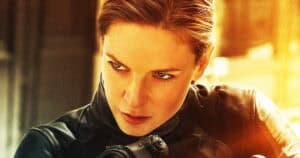
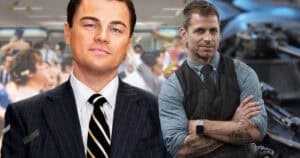
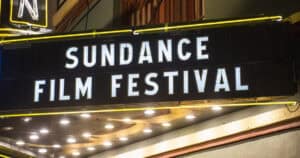
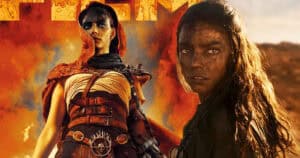
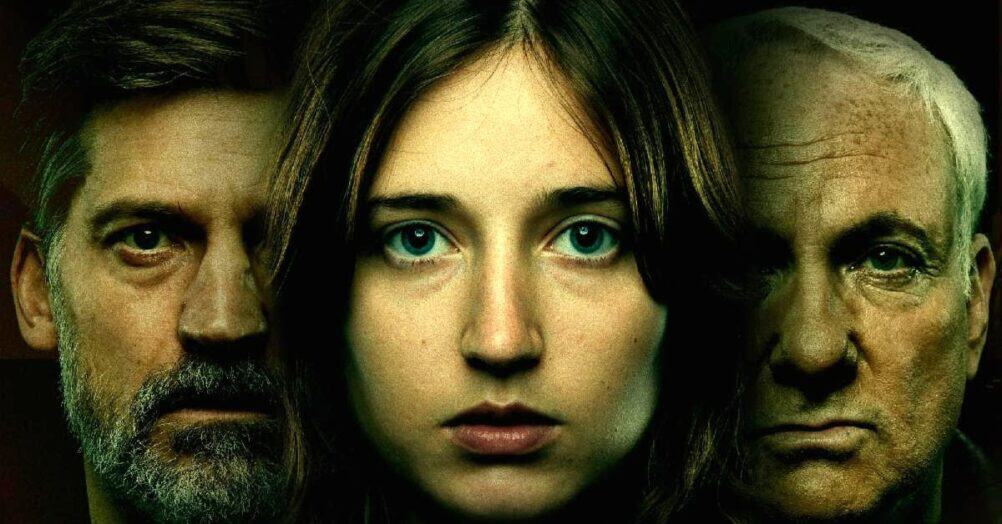
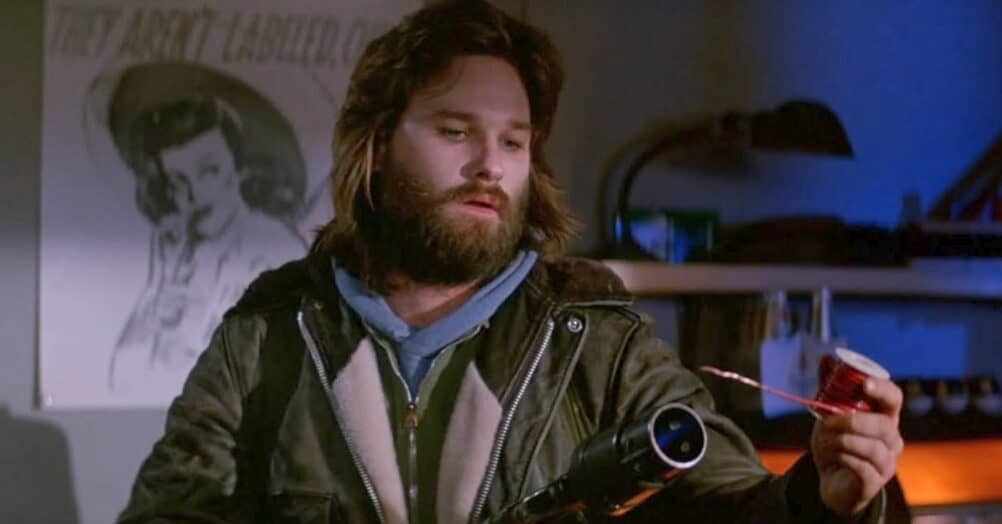
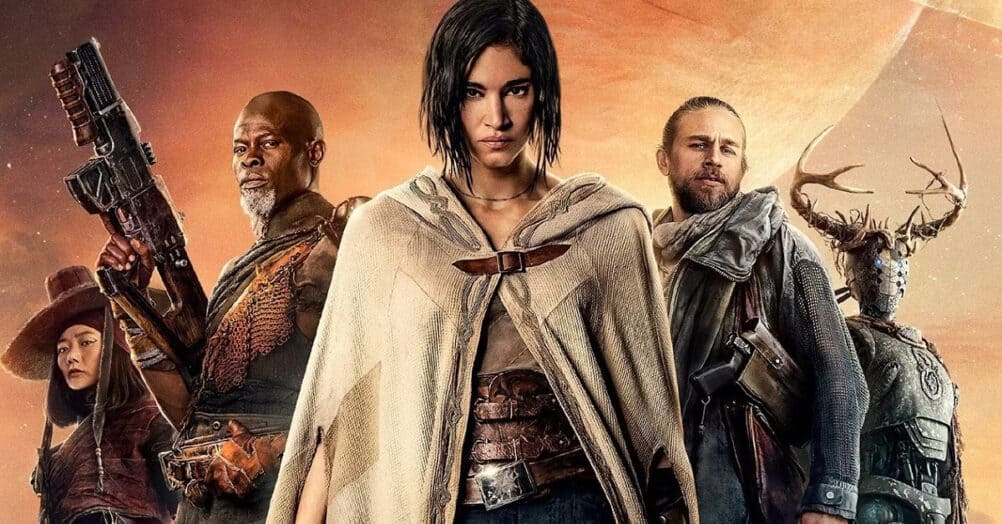
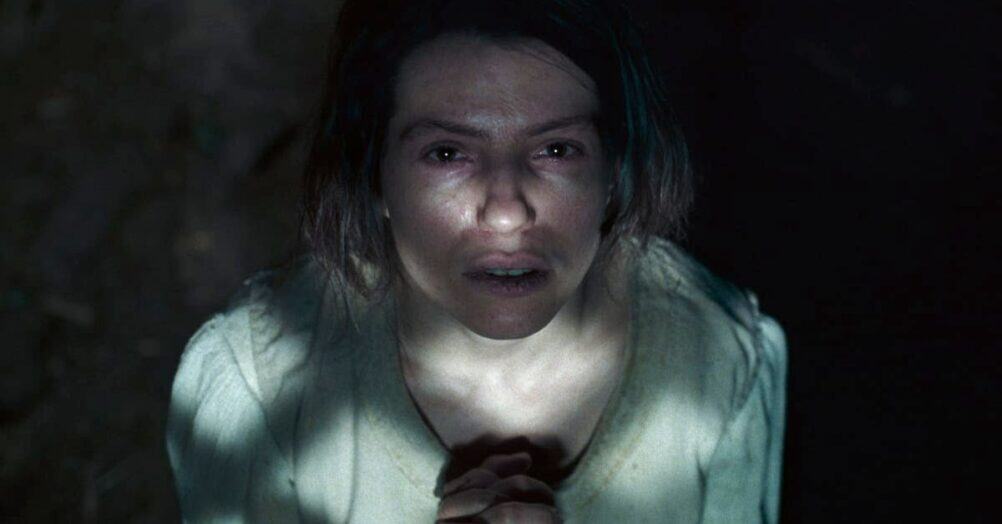
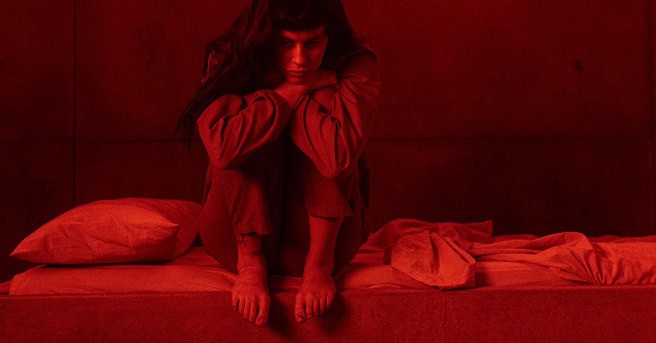
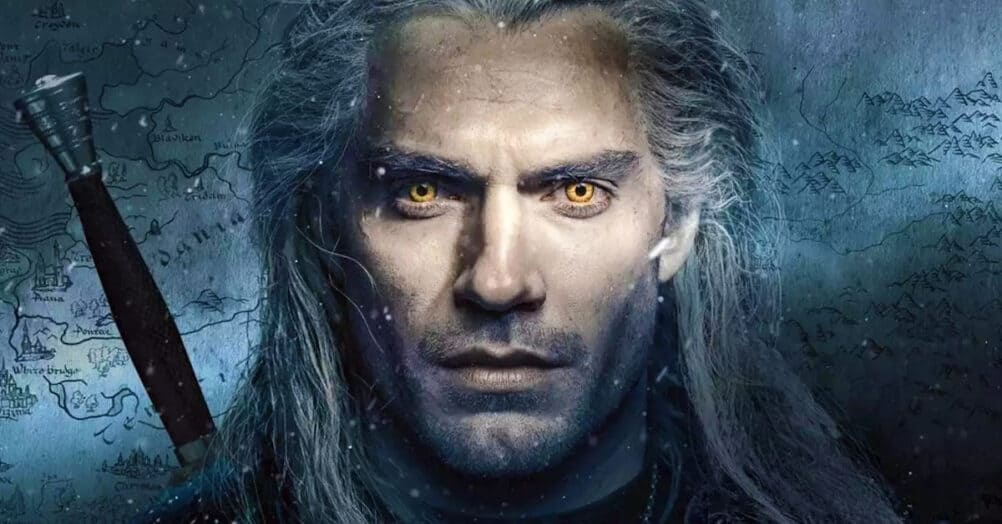
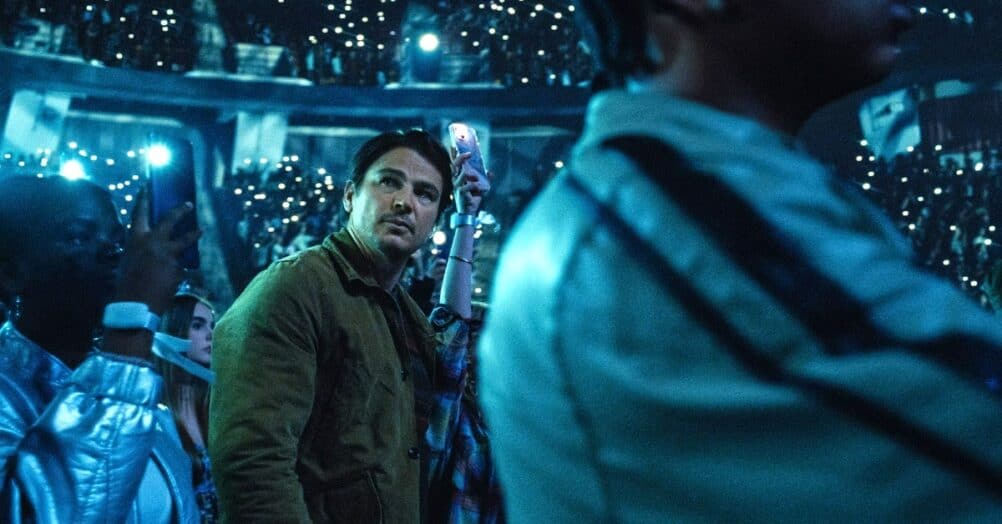
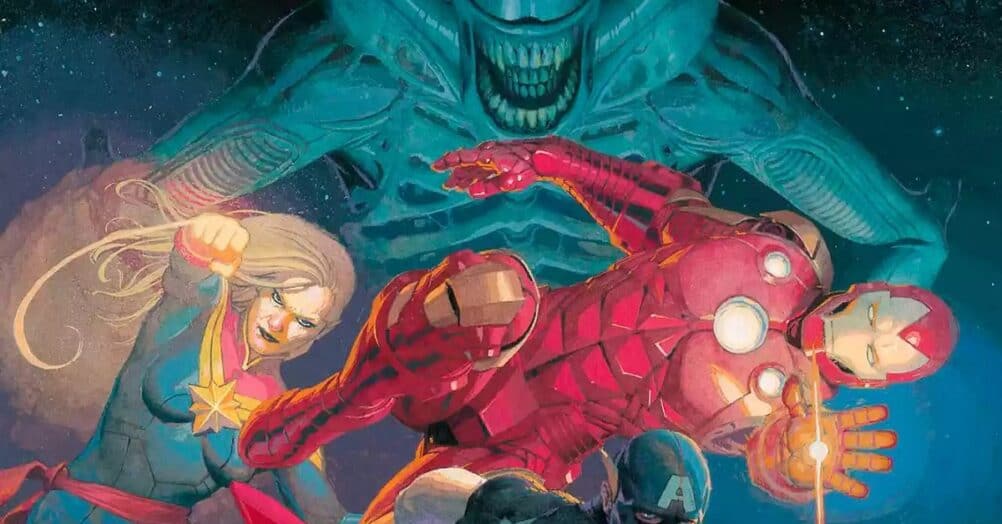
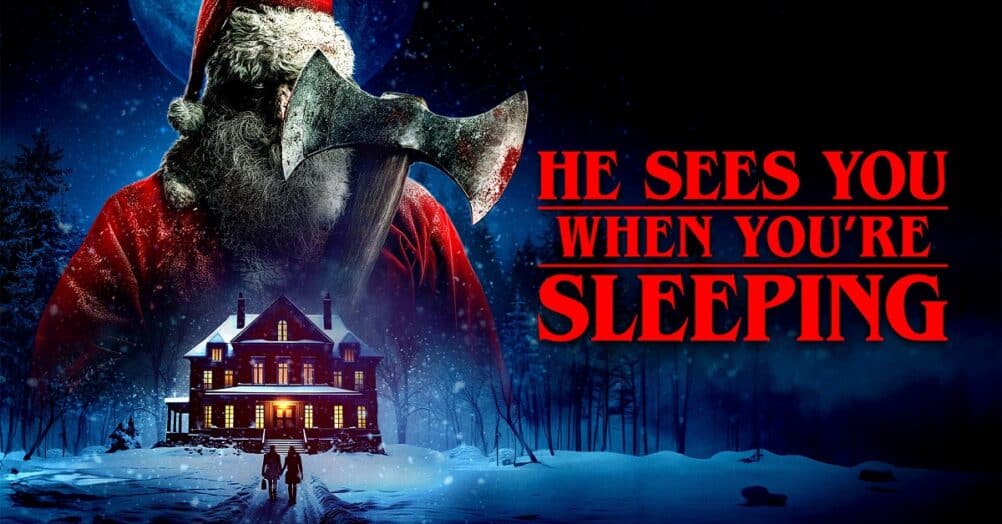
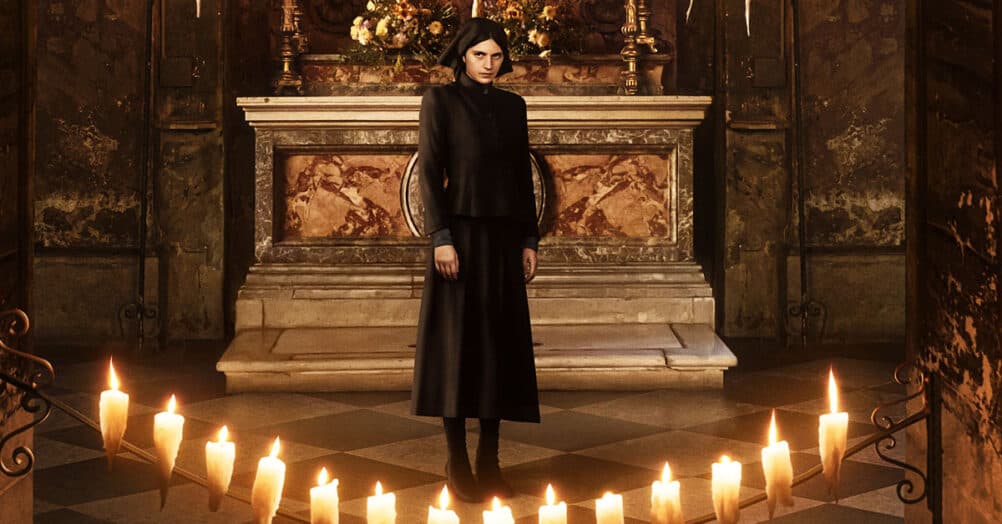
Follow the JOBLO MOVIE NETWORK
Follow us on YOUTUBE
Follow ARROW IN THE HEAD
Follow AITH on YOUTUBE